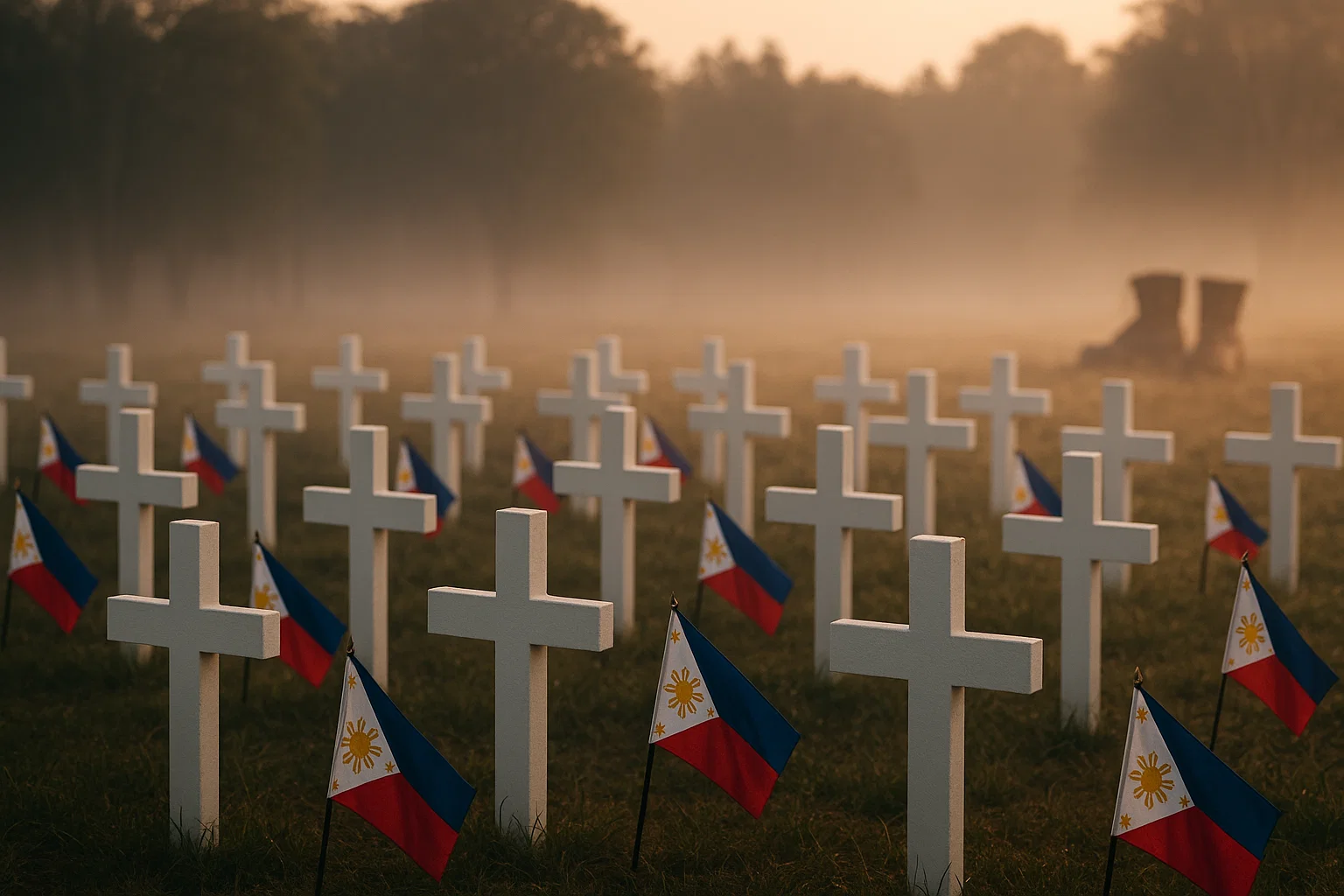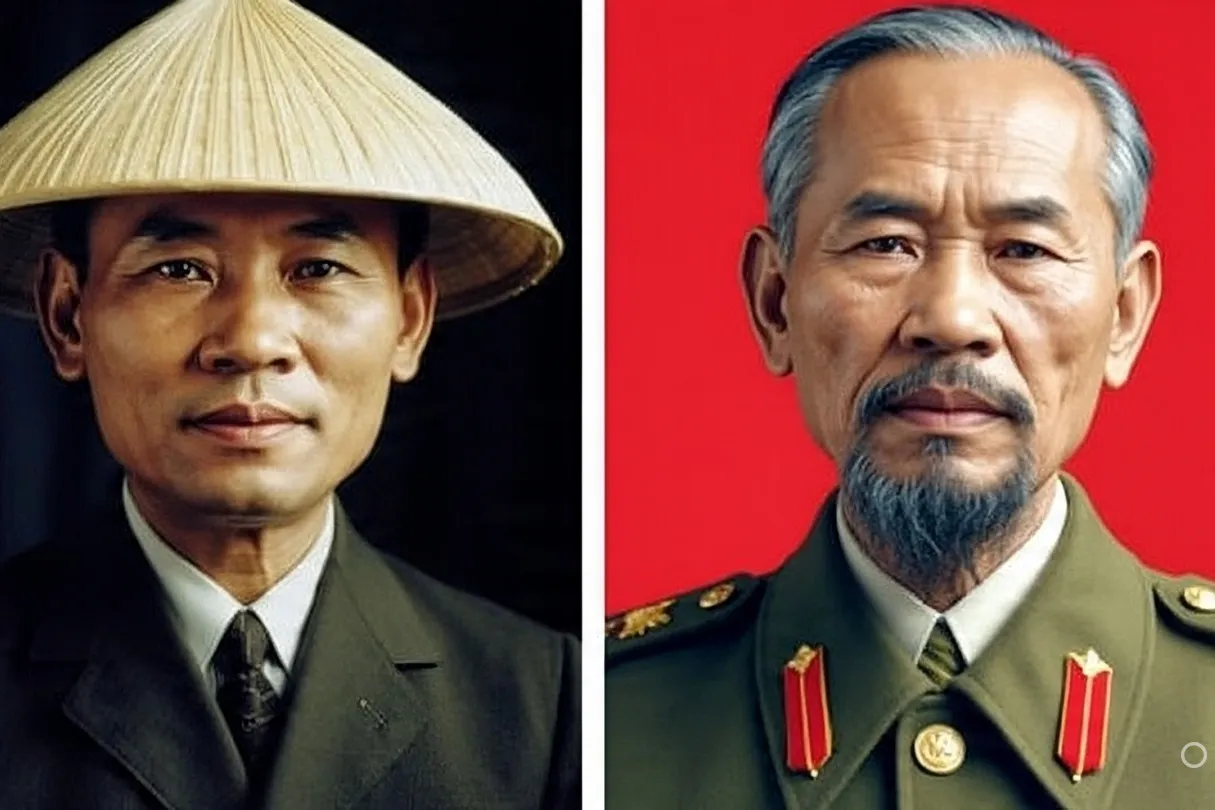On the morning of January 25, 2015, a firefight erupted in the marshy terrain of Mamasapano, Maguindanao. By sundown, 44 elite police commandos from the Special Action Force (SAF) lay dead—ambushed and surrounded. The mission to neutralize a high-value terrorist target had morphed into one of the bloodiest days in Philippine police history.
- 🎯 Mission Objectives and Pre-Operation Planning
- 🔥 The Clash: January 25, 2015
- 🤝 Who Were Involved: SAF, MILF, BIFF, and Civilians
- ❌ Key Mistakes According to Investigators
- 📅 Table 1: Timeline of the Operation
- 🕵️♂️ Alternative Narratives and the ‘Hidden Hands’
- 🏛 Political Consequences After the Incident
- 💔 Justice Deferred: Families Left in the Dark
- 🔍 Unanswered Questions and Conspiracy Theories
- 📌 Frequently Asked Questions (FAQ)
- 🕯 In Honor of the 44: A Call for Truth and Justice
Years later, questions still swirl. Who really gave the green light? Why was coordination with the military lacking? And were there forces at play beyond what the public was told?
This exposé explores the details behind “Oplan Exodus,” the tragic clash, and the tangled web of politics, secrecy, and sacrifice.
🎯 Mission Objectives and Pre-Operation Planning
The operation was named Oplan Exodus. Its primary objective: capture or kill Malaysian terrorist Zulkifli bin Hir, also known as Marwan, a bomb-maker linked to the 2002 Bali bombings and other attacks across Southeast Asia. Marwan was believed to be hiding in a MILF-controlled area in Mamasapano, protected by local armed groups including the Bangsamoro Islamic Freedom Fighters (BIFF).
The Philippine National Police (PNP), through its elite SAF unit, had been tracking Marwan for years. U.S. agencies reportedly provided intelligence support, including drone surveillance and technological tracking.
But something was off from the beginning. According to later reports, coordination with the Armed Forces of the Philippines (AFP) was minimal—if not deliberately withheld. SAF officials feared leaks. They believed surprise was the only way to avoid Marwan’s escape.
🔥 The Clash: January 25, 2015
In the dead of night, nearly 400 SAF operatives were deployed. Two teams—Seaborne and the Main Effort—trekked through marshes to reach their target. By dawn, Marwan was confirmed dead. A severed finger was taken for DNA confirmation.
But the exfiltration plan quickly unraveled. Local MILF and BIFF forces were alerted. The terrain favored the enemy. Communications were poor. Coordination with the AFP failed to materialize in time.
What followed was a massacre. SAF’s 55th Special Action Company, tasked with securing exit routes, was pinned down for hours. They fought back valiantly but were eventually overrun.
The firefight lasted over 10 hours.
🤝 Who Were Involved: SAF, MILF, BIFF, and Civilians
- SAF: Elite police commandos under the PNP. Trained for high-risk counter-terrorism.
- MILF: Moro Islamic Liberation Front, then engaged in peace negotiations with the government.
- BIFF: A splinter group from MILF, classified as a terrorist organization.
- Civilians: Residents of Mamasapano were caught in the crossfire, with several casualties reported.
The government claimed the MILF did not intend to clash with SAF but responded defensively, believing the territory had been intruded upon without coordination.
❌ Key Mistakes According to Investigators
- Lack of coordination with the AFP and local government units
- Failure to notify or involve peacekeeping mechanisms with MILF
- Overconfidence in the element of surprise
- Delayed reinforcement despite real-time updates
- Incomplete contingency planning for extraction
📅 Table 1: Timeline of the Operation
| Date/Time | Event Description |
|---|---|
| Jan 23, 2015 | Final mission briefing held at SAF headquarters |
| Jan 25, 3:00 AM | SAF units infiltrate Mamasapano |
| Jan 25, 4:30 AM | Marwan killed by Seaborne unit |
| Jan 25, 6:00 AM | BIFF/MILF forces engage SAF |
| Jan 25, 9:00 AM | 55th Company surrounded |
| Jan 25, 4:00 PM | Reinforcements arrive; firefight winds down |
| Jan 30, 2015 | National Day of Mourning declared by President |
🕵️♂️ Alternative Narratives and the ‘Hidden Hands’
Table 2: Official vs. Alternative Narratives
| Topic | Official Narrative | Alternative Claims |
| U.S. involvement | Provided intelligence support only | Some claim U.S. troops were on-ground or directly monitoring |
| AFP delay | Claimed lack of real-time data | Others allege intentional hold-off to let SAF be sacrificed |
| President Aquino’s role | Authorized operation with limited knowledge | Critics allege micromanagement and direct bypass of military chain |
| MILF response | Defensive action in confusion | Claims of premeditated retaliation or betrayal |
Rumors spread of a “stand down” order, supposedly made to protect ongoing peace talks. Some insiders alleged that intelligence was selectively shared to prevent military involvement, raising questions about who was protecting who.
🏛 Political Consequences After the Incident
- President Aquino’s approval ratings dropped sharply
- Resignation of PNP Chief Alan Purisima and SAF Commander Getulio Napeñas
- Congressional investigations launched
- MILF peace deal with the government nearly collapsed
- Public outrage over “lack of justice” for SAF 44
- Rise in anti-Muslim sentiment in some sectors
💔 Justice Deferred: Families Left in the Dark
For the families of the 44 fallen commandos, grief was compounded by confusion and lack of closure. Ceremonies were held. Medals awarded. But many felt justice was never truly served.
Some widows expressed bitterness over the government’s slow action. Others stayed silent, fearing retaliation. Most simply asked for one thing: the truth.
“I lost my husband. I didn’t even know what mission he was sent to. All I got was a body,” said one wife, who asked to remain anonymous.
🔍 Unanswered Questions and Conspiracy Theories
- Why were key AFP commanders unaware of the mission?
- Was the finger sent for DNA truly Marwan’s?
- Were peace talks prioritized over lives?
- Why were reinforcements delayed despite real-time communication?
- What role, if any, did U.S. forces on the ground play?
Despite multiple investigations—by the Senate, the PNP, and independent bodies—no definitive answers have been universally accepted. The Mamasapano clash remains a foggy memory where politics and bloodshed intertwined.
📌 Frequently Asked Questions (FAQ)
Q: Did the U.S. have involvement in the Mamasapano operation?
A: Yes, but officially their role was limited to intelligence sharing and technical support, including the use of surveillance equipment. However, several reports and testimonies suggest that U.S. operatives were on the ground, guiding parts of the mission. These claims remain unverified by formal investigation bodies. The U.S. Embassy has consistently denied direct operational involvement.
Q: Has anyone been punished for the failed operation?
A: While several officials, including SAF commander Getulio Napeñas and suspended PNP chief Alan Purisima, were charged, no high-ranking official has been convicted. Administrative sanctions were issued, but for many, this fell short of justice. Families of the fallen still seek full accountability.
Q: Was the mission authorized by President Aquino?
A: Yes. He admitted to authorizing the mission but claimed he did not know the operational specifics. Critics argue he had a more active role, especially in involving suspended PNP Chief Purisima in the planning. Congressional hearings attempted to parse this, but no charges were filed against Aquino.
Q: Why wasn’t the AFP properly coordinated with?
A: SAF leadership feared information leaks from the military, believing this could compromise the operation. This led to minimal coordination with AFP units, which in turn caused major delays in reinforcement and fire support. This decision is seen as a critical mistake in hindsight.
Q: What happened to Marwan’s body?
A: Only his severed finger was brought back, used for DNA confirmation. The rest of his body was reportedly left behind. Critics found this suspicious, prompting questions about the mission’s success and even Marwan’s true fate.
Q: How did this affect peace talks with the MILF?
A: The incident nearly derailed the passage of the Bangsamoro Basic Law. Trust between the government and MILF was severely damaged, delaying the peace process. Over time, negotiations resumed, eventually leading to the formation of the Bangsamoro Autonomous Region.
Q: Did the MILF knowingly attack the SAF?
A: The MILF claimed their forces engaged only in self-defense, believing their territory was under attack. However, the scale and intensity of the firefight suggest they were prepared for confrontation. This led to ongoing suspicions of deeper involvement.
Q: Why is the operation still controversial years later?
A: There are still unanswered questions, sealed testimonies, and withheld documents. The deaths of the 44 SAF members symbolized a failure in leadership, coordination, and transparency. For many Filipinos, the incident represents unresolved national trauma.
Q: Were there efforts to honor the SAF 44?
A: Yes. Monuments, medals, and official ceremonies were conducted. January 25 was declared a National Day of Remembrance. However, many families feel these honors are not enough without full accountability.
Q: What lessons were learned from Mamasapano?
A: The incident exposed fatal flaws in inter-agency coordination, the dangers of political interference in military affairs, and the need for transparent chain-of-command structures. It also highlighted the importance of putting lives over political timing.
🕯 In Honor of the 44: A Call for Truth and Justice
The story of Mamasapano is not just about strategy, politics, or failed leadership. It’s about 44 men who went on a mission and never came back. Their names, etched into white crosses, are now part of Philippine history—etched in grief, bravery, and questions that still demand answers.
As the nation reflects on this tragedy, let remembrance be coupled with responsibility. Truth must not remain buried. Only through accountability can peace and justice truly coexist.




